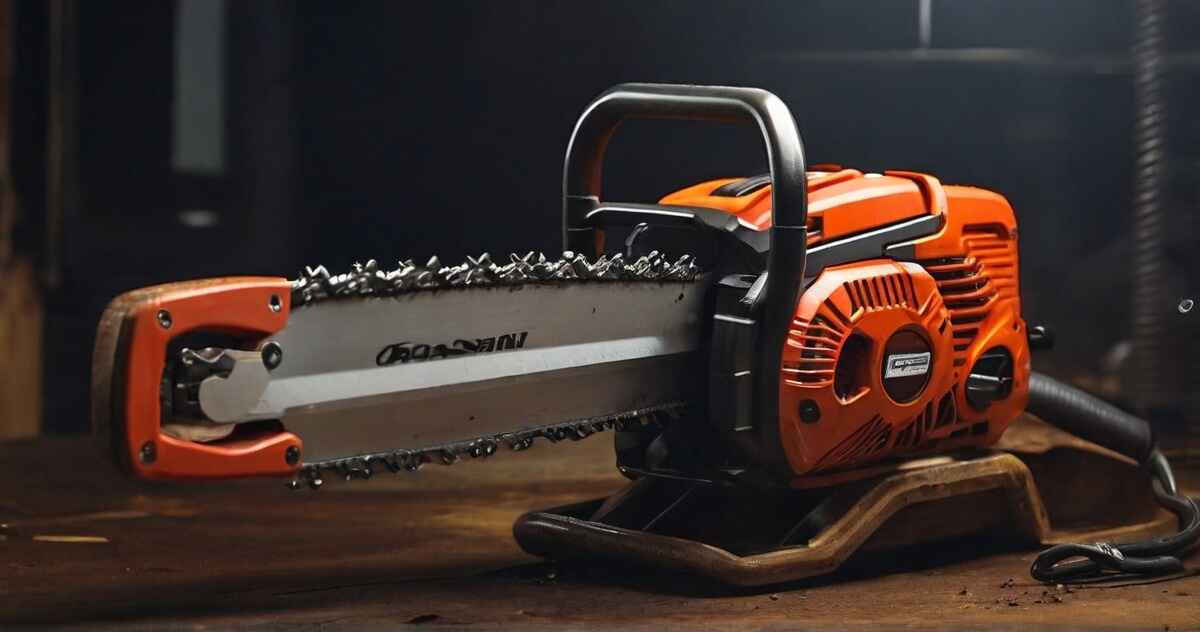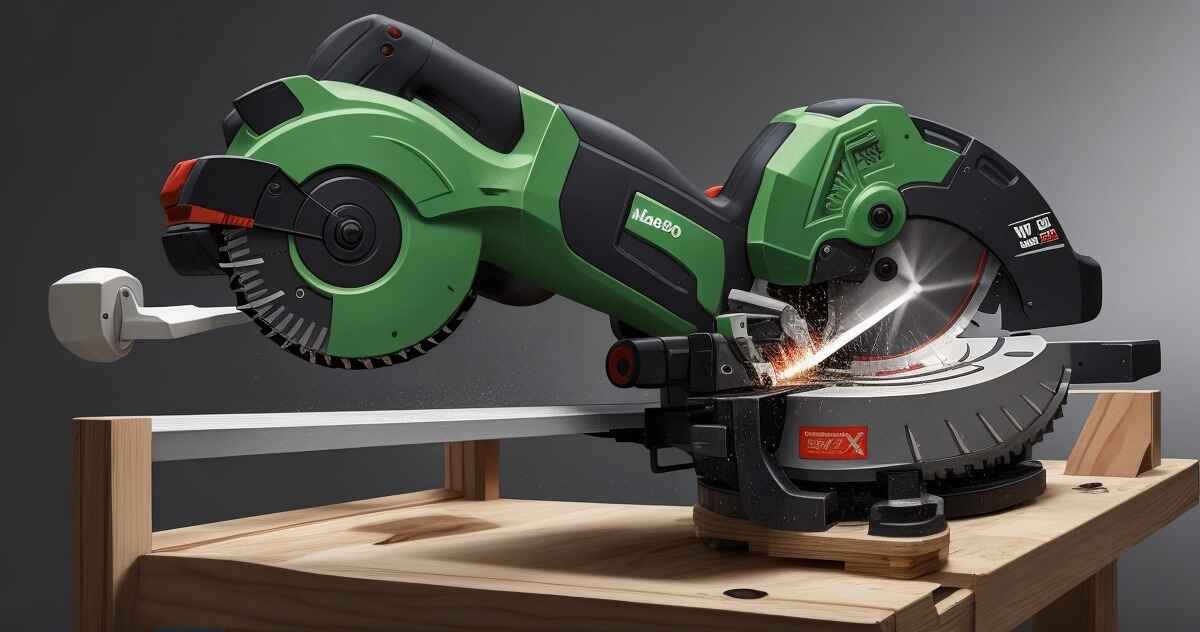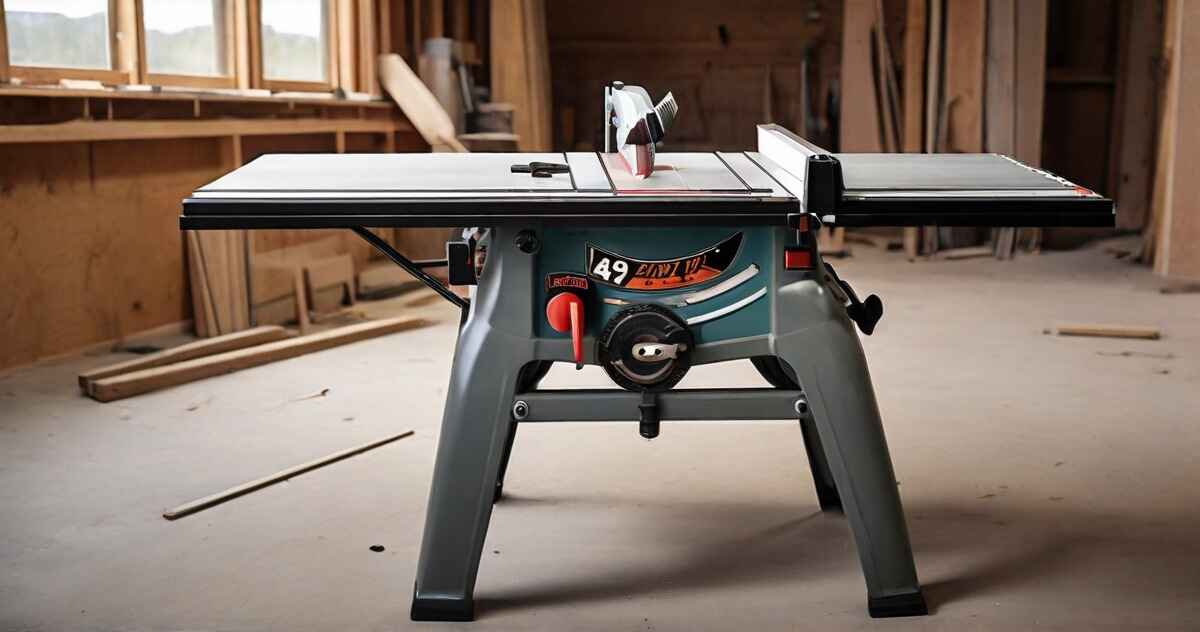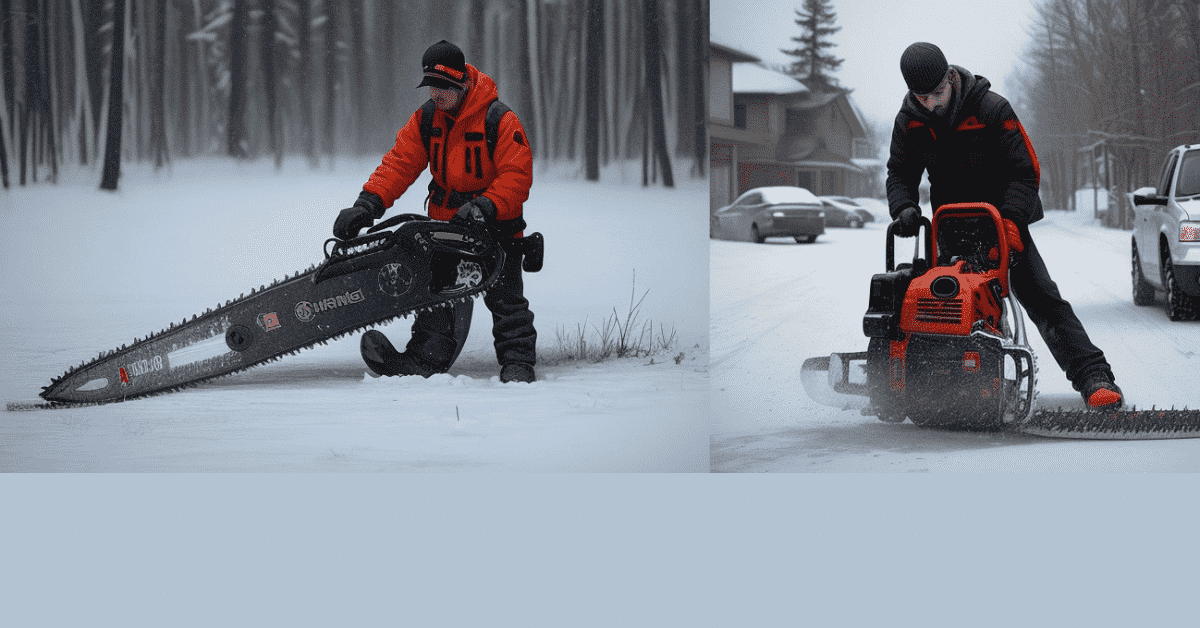Chainsaw porting, a precision-driven modification technique, guides enthusiasts on how to port chainsaw effectively. The engine is enhanced through a transformative process. It refines intake and exhaust ports, unlocking latent power. This results in a marked boost in cutting ability and fuel efficiency. This guide focuses on porting a chainsaw. It provides a step-by-step roadmap to maximize its potential. This guide will explain the concept and highlight the benefits. It is your essential resource to maximize the efficiency and power of your chainsaw. Use strategic porting modifications.
Chainsaw Porting: Precision, Performance, and Safety
Chainsaw porting is a precision-oriented modification technique focused on optimizing a chainsaw’s performance. The process involves reshaping and enlarging the intake and exhaust ports. These ports are within the engine cylinder. The main goal is to improve the flow of air and fuel. This will make the engine work more efficiently.
Performance Improvements Through Chainsaw Porting: Unleashing Power and Efficiency
Through chainsaw porting, significant performance improvements can be achieved. The chainsaw has increased power and torque. It can handle demanding cutting tasks more effectively. In addition, better airflow helps the chainsaw use less fuel. This makes it more economical and efficient. The chainsaw’s performance improves, making it more responsive and versatile. It can be used for different cutting tasks.
Safety First: Critical Precautions When Working with a Chainsaw
Safety precautions are very important, especially when using a chainsaw for porting. You must use protective gear and handle the tool carefully. Understanding how the chainsaw works is also important. For a secure work environment, safety is paramount. It helps reduce risks when making advanced modifications to chainsaws.
Tools and Materials Required
To transport a chainsaw, you need specific tools and materials. This step is important for a smooth and effective modification. It prioritizes precision and safety.
List of Necessary Tools and Materials for Chainsaw Porting
- Wrenches and Screwdrivers: Essential for disassembling and reassembling various components.
- Porting Kit: Includes specialized tools for shaping and modifying ports with precision.
- Cleaning Supplies: To thoroughly clean and inspect components during the process.
- Safety Gear: Protective eyewear, gloves, and hearing protection for personal safety.
- Micrometer or Caliper: Ensures precise measurements during port modifications.
Importance of Acquiring the Correct Tools
To achieve successful chainsaw porting, it is crucial to have the right tools. Using specialized tools guarantees precise results. These tools reduce mistakes and improve adjustments. Investing in good tools is key to enhancing the chainsaw’s performance. The tools should be accurate and durable.
Highlighting Safety Equipment for Personal Protection
Chainsaws must be used safely. Make sure your eyes are protected. Wear gloves to protect your hands. Use hearing protection because chainsaws are loud. You cannot change these safety measures. They keep you safe from dangers and make using a chainsaw safe.
Step-by-Step Guide to How to Port Chainsaw
Step 1: Disassembling the chainsaw
To start porting, safely take apart the chainsaw. Follow the manufacturer guidelines to disconnect the power source. Take off components such as the bar and spark plug with caution. Stay organized by labeling and tracking each part in a systematic way. The careful disassembly makes the workspace safe. It lays the groundwork for an efficient chainsaw porting process.
Step 2: Cleaning and Inspecting the Parts
1. Thorough Cleaning and Inspection:
Clean and inspect the chainsaw carefully after taking it apart. This ensures that the chainsaw works well and lasts longer. It also helps identify problems early for proactive maintenance.
2. Removing Dirt and Carbon Buildup:
Use brushes to remove dirt and solvent to clean carbon buildup. Scrub and soak the components for effective cleaning. These methods guarantee clean and inspected components. They are ready for the next stages of the chainsaw porting process.
Step 3: Porting the Cylinder and Piston
1. Enlarging and Reshaping Intake and Exhaust Ports:
This step is critical. We focus on making the intake and exhaust ports of the cylinder bigger and changing their shape. This process is precise. We carefully change these pathways to make airflow better. This helps the engine burn fuel efficiently.
2. Benefits of Proper Porting Techniques:
Proper porting techniques have big benefits. When the airflow and combustion are improved, the chainsaw gets more power and torque. This helps it do hard tasks better. These changes also make the chainsaw use less fuel and perform better overall. So, precise porting techniques are important for making the chainsaw work better.
Step 4: Reassembling the Chainsaw
1. Correctly Reassembling the Chainsaw:
Post-porting modifications, a meticulous reassembly process is imperative. Start by using the detailed documentation. Use the organized components from earlier stages. Ensure each part is correctly positioned, aligning with manufacturer specifications. Methodical assembly is crucial for reinstating the chainsaw to its optimal working condition.
2. Importance of Following Manufacturer’s Instructions:
Make sure to follow the manufacturer’s instructions when reassembling the chainsaw. When aligning and placing parts, be precise and careful. You could harm the chainsaw if you don’t follow these instructions. Follow the instructions diligently to reassemble the chainsaw smoothly. Make sure it’s aligned correctly, just as it was designed.
Step 5: Testing and Fine-Tuning
1. Significance of Testing After Porting:
After porting, it’s important to test the modifications. Testing ensures the chainsaw works its best and confirms the changes. This step helps find any needed adjustments. It makes sure the tool performs well.
2. Adjusting and Fine-Tuning for Optimal Performance:
First, test the chainsaw. Then, make adjustments to improve its performance. Adjust the carburetor settings and idle speed to match the modified engine. This careful fine-tuning ensures that the chainsaw not only meets performance expectations, but surpasses them. It also shows that the porting modifications have been successfully integrated.
Safety Precautions and Best Practices
Chainsaw porting improves chainsaw performance. Be careful and methodical. Safety is paramount. Listed below are some safety tips:
Importance of Wearing Protective Clothing and Equipment
People who use chainsaw porting need to focus on their own safety. They can do this by wearing the right protective gear. This gear includes:
- Safety Glasses: Shielding the eyes from potential debris and sawdust.
- Gloves: Providing hand protection during handling and operation.
- Hearing Protection: Mitigating the impact of the chainsaw’s loud noise.
Emphasizing the necessity of this protective clothing ensures a secure working environment.
Potential Risks and Hazards Associated with Chainsaw Porting
It is crucial to understand the risks and hazards of chainsaw porting. This understanding helps in implementing preventive measures. Key risks include:
- Flying Debris: Resulting from cutting or modifying components.
- Loud Noise: Potentially causing hearing damage.
- Power Tool Operation: Inherent dangers associated with working with chainsaws.
Promoting awareness of these risks encourages careful and informed work. This, in turn, decreases the chances of accidents occurring.
Tips for Safely Handling a Chainsaw
Handling a chainsaw during porting must be done safely. This is essential for a successful and accident-free experience. Tips include:
- Maintaining a Stable Stance: Ensuring balance and control during operation.
- Effective Workpiece Securing: Preventing movement or unexpected shifts.
- Utilizing a Two-Handed Grip: Enhancing control and reducing the risk of accidents.
- Familiarity with Chainsaw Operation: Understanding the tool’s features and functions.
These tips create a safe work environment. They also promote focus and control while using a chainsaw.
FAQ: Chainsaw Porting
Is chainsaw porting suitable for all types of chainsaws?
You can apply chainsaw porting to many chainsaw models. Check the manufacturer’s instructions first. It will work correctly this way.
Can I perform chainsaw porting as a beginner, or should I seek professional help?
Chainsaw porting is possible for enthusiasts, but beginners should be cautious. Knowing how a chainsaw works is crucial to its safety. Follow the steps carefully. Get expert advice if you’re unsure.
Does chainsaw porting pose any risks?
Risks include flying debris. Risks include loud noise. Risks include dangers of working with power tools. To mitigate potential hazards, adhere to safety precautions and wear protective gear. Understanding the risks is also important.
How often should I perform chainsaw porting for optimal performance?
The frequency of chainsaw porting depends on usage and individual preferences. It is generally recommended to regularly inspect and clean the chainsaw. Porting should be done as needed to maintain optimal performance.
Can chainsaw porting void the manufacturer’s warranty?
Chainsaw porting can void the warranty. It modifies the original design. Check the warranty terms before porting. Also consider the implications.
What signs indicate that my chainsaw needs porting?
Signs include reduced power, decreased cutting efficiency, and poor fuel economy. If you notice these issues, it may be time to consider chainsaw porting.
Are there any environmental considerations when performing chainsaw porting?
Proper disposal of waste materials and adherence to environmental regulations are important. Make sure to dispose of any parts or materials responsibly. Follow local guidelines.
Can I use standard tools for chainsaw porting, or do I need specialized equipment?
Some standard tools are necessary. However, it is highly recommended to use a porting kit. The kit has specialized tools designed for precision modifications. This will yield optimal results.
Conclusion
Mastering how to port chainsaw involves a systematic journey from disassembly to fine-tuning. The goal of this guide is to optimize chainsaw performance. Each step in the process is highlighted. Benefits, including heightened power, improved fuel efficiency, and overall enhanced functionality, emphasize the transformative nature of chainsaw porting. Enthusiasts and professionals can confidently use their chainsaws. They have knowledge that will improve efficiency and cutting power.




